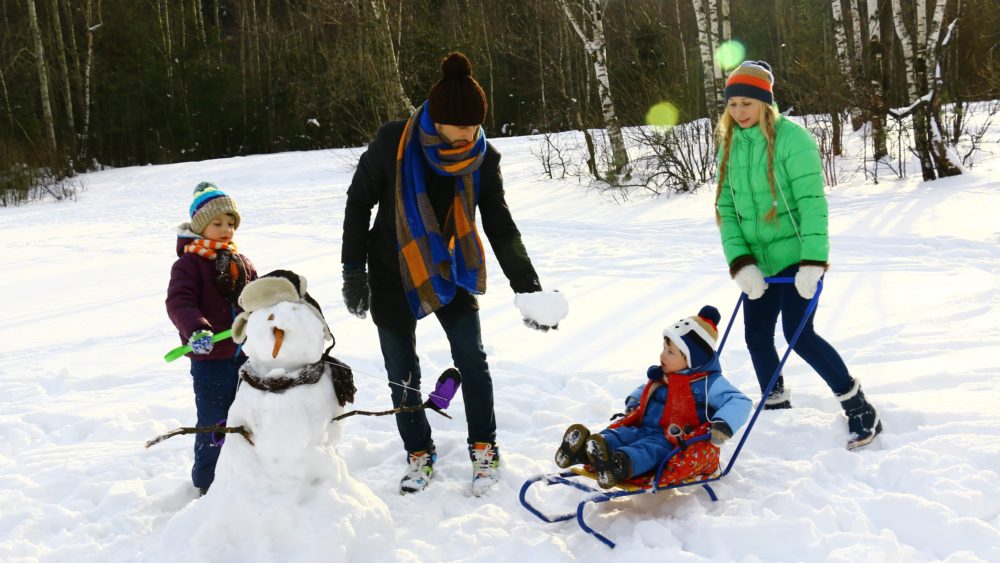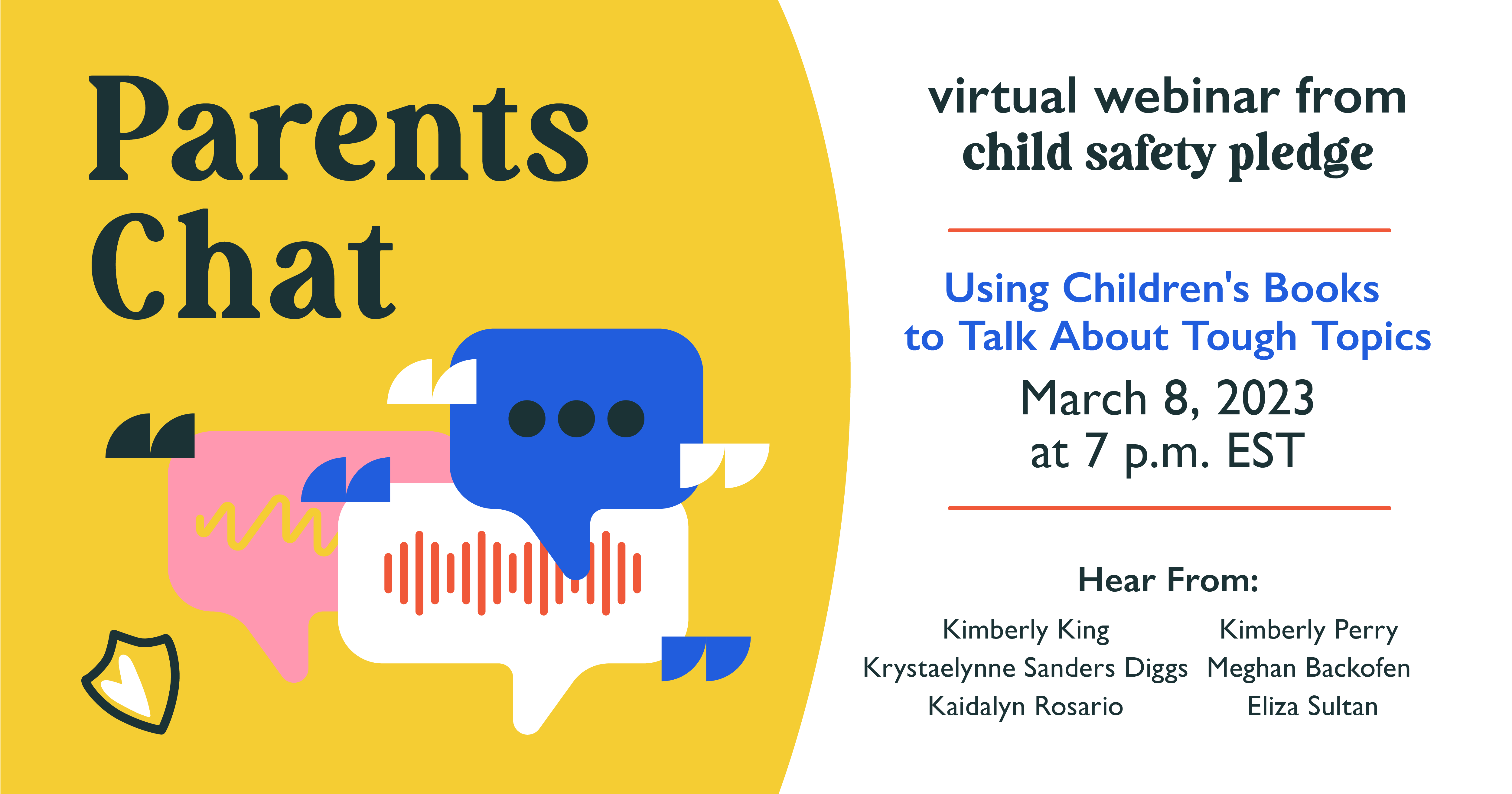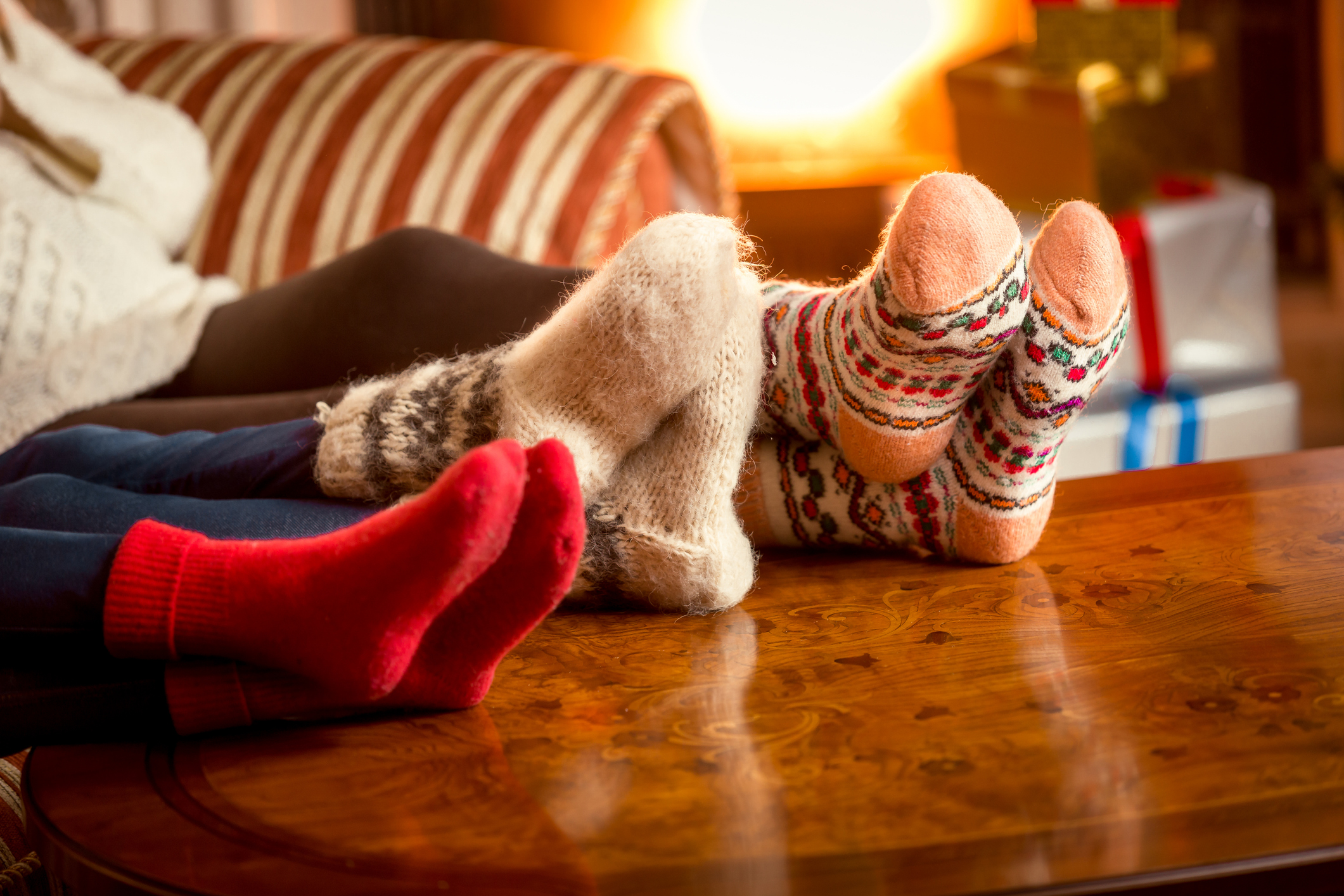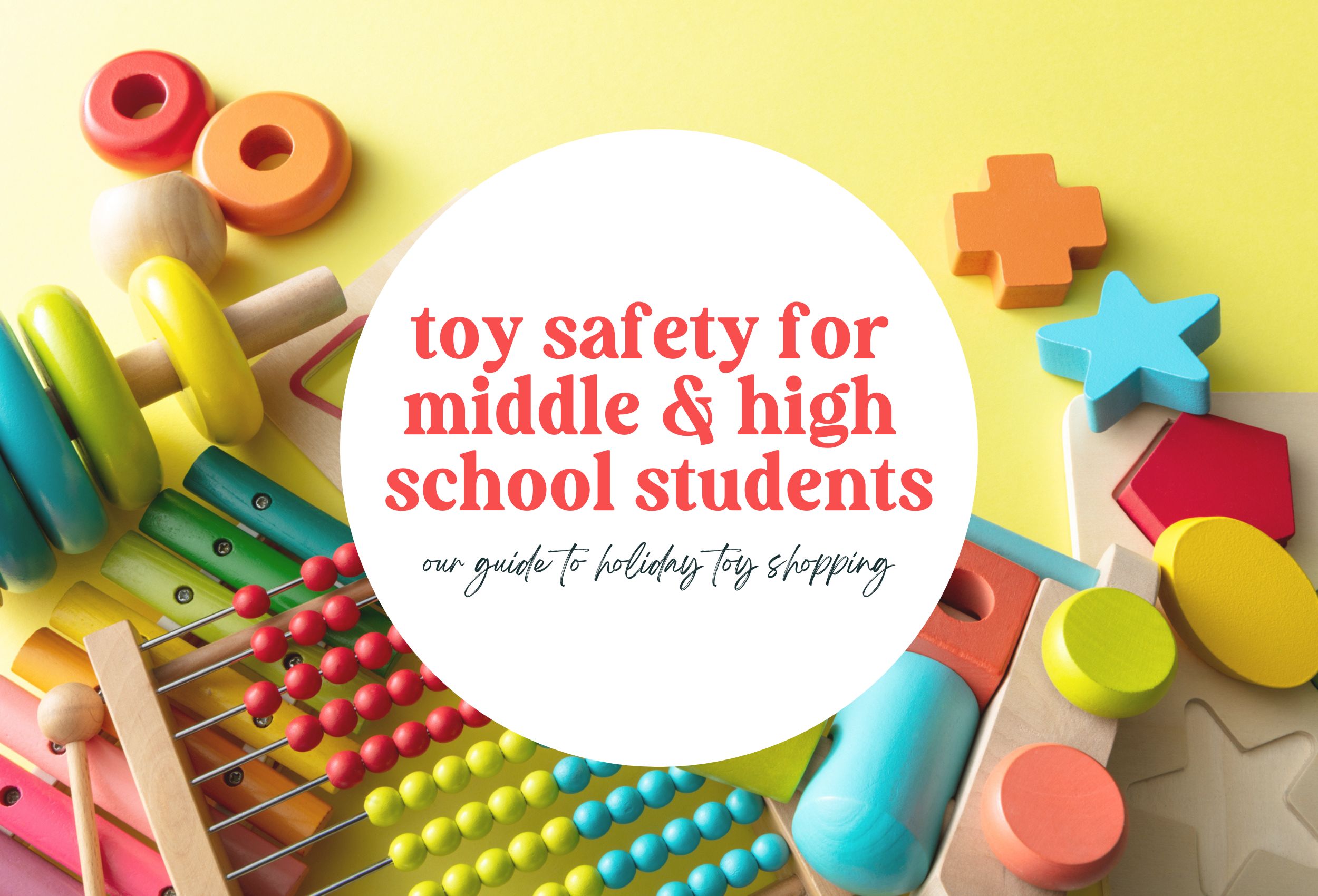Let’s face it, we are not hibernating animals and although we might like to stay indoors during the winter months, some of us do not mind the cold and snow.
In order to enjoy the colder temperatures safely, be sure to follow these outdoor winter guide tips. We all want to keep our kids safe – no matter the weather.
Dressing for the Snow
Venturing out into the snow means dressing for the occasion. Dress your children in plenty of warm layers (but not too restricting) and be sure to cover their heads and hands. If possible, make the last layer a waterproof layer and make sure they have proper boots or footwear that will not only keep them warm but prevent them from slipping on ice.
Playing in the Snow
Depending on what activities your children are most interested in (snowboarding, skiing, ice skating, sledding, building a snowman, or a good old fashioned snow ball fight) make sure they have proper gear. This might mean helmets, snow pants, special boots or pads.
Pro Tip: Have them come in from the cold from time to time to warm up. You both might dread getting undressed and dressed again in all that gear, but you want to prevent hypothermia and frostbite.
Ice
Ice can be beautiful when looking at it from the comfort of your home. Icicles are pretty cool, in fact and what kid doesn’t love to slide across a sheet of ice. But ice can be very dangerous. If you have icicles hanging from your roof, trees or other objects, keep children away from them. Once the sun hits them, they begin to melt and can fall. Be cautious of trying to knock them down yourself, too.
If you have icy sidewalks, driveways, or bodies of water near you – use caution, too. Ice melt, sand or even cat litter can help provide traction and keep you and your kids from slipping. If you are near water, be absolutely sure that the water would be frozen before venturing out on it. That means many days of below freezing temperatures so that ice has formed deeper than just the surface layer.
Frostbite
According to WebMD, frostbite is “when exposure to freezing temperatures damages areas of your skin and the tissues underneath. It’s a treatable but potentially serious condition.” We can help prevent frostbite in our children by making sure that all exposed skin is covered when they go out to play in cold temperatures (remember; there doesn’t have to be snow on the ground). Make sure they have on gloves, hats that cover their ears, coats and pants that are long enough, and if necessary, a scarf to help cover their neck and cheeks. We can also help prevent frostbite by having them come in to take breaks and check those most vulnerable areas (hands, fingers, ears, toes, face). And of course, don’t be afraid to say it’s too cold and dangerous to go outside. Sometimes the temperatures are just not safe. Your local weather service will provide you with warnings on when temperatures are at a dangerous level.
Sunburn
Yes – even in the wintertime your skin can get sunburned. Be sure to put sunscreen on your children before they go out to play. It is the sun that we are concerned about, not the heat from the sun that can cause the burn.
Remember to share these tips with all of those that will be around children. The more of us doing our part to keep kids safe, the better!
For more information on keeping your children safe during the winter months, read our Winter Safety Mini-Guide, At Home edition.












Comments are closed.